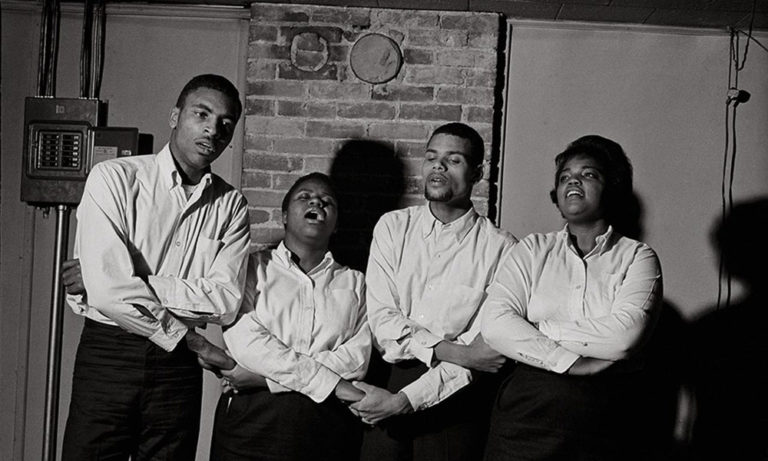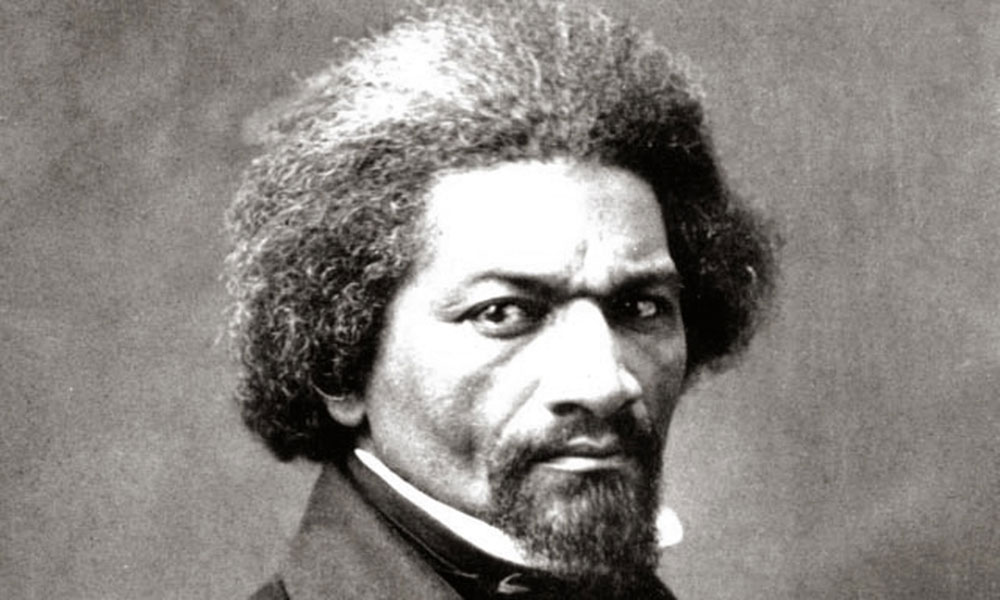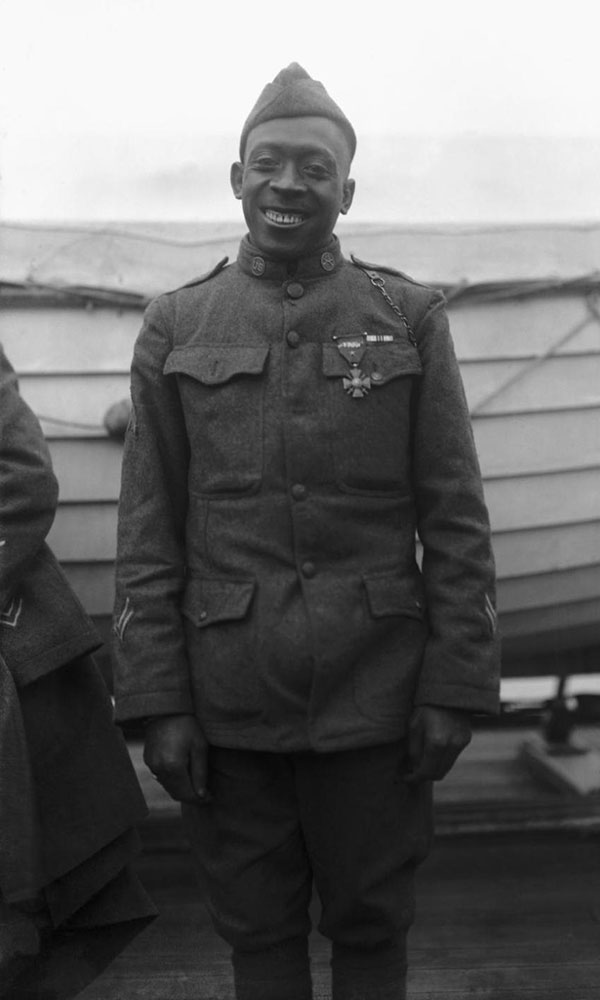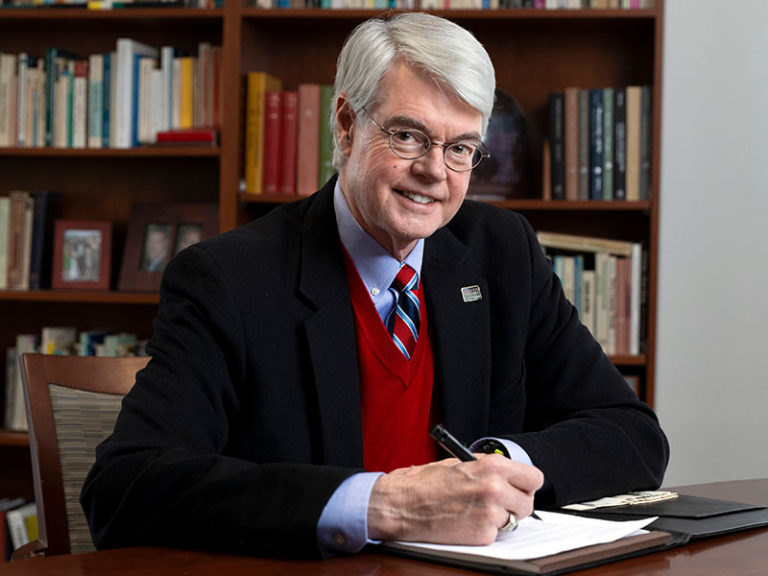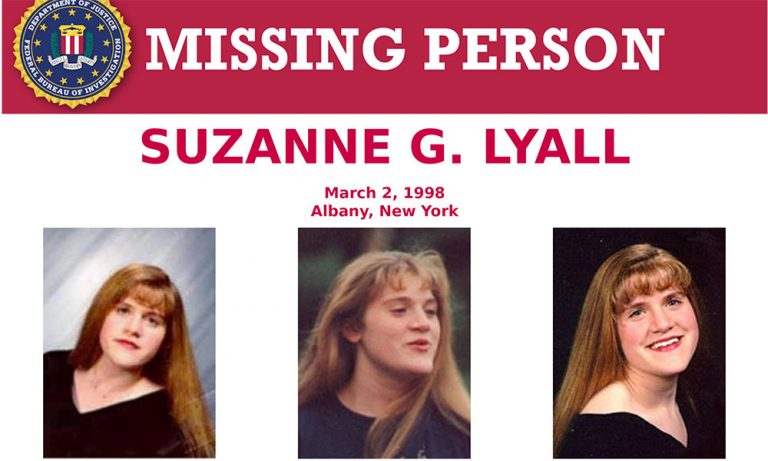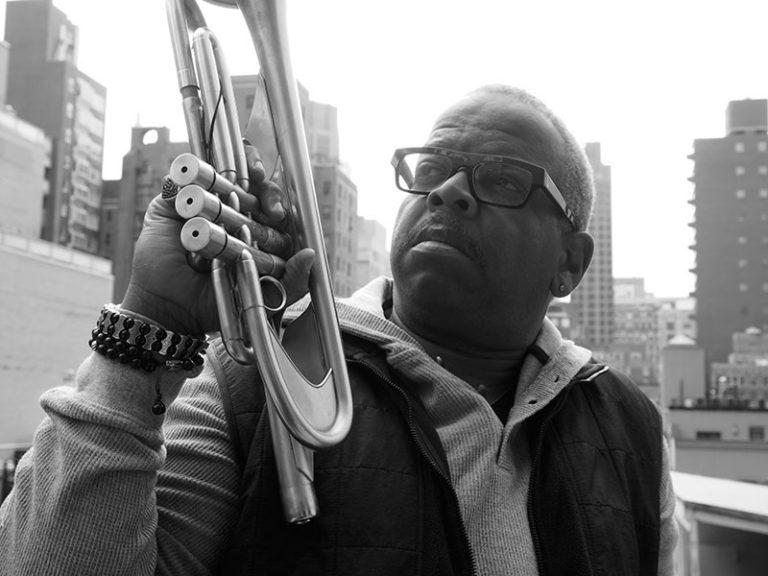I feel like anyone who’s a fan of Saturday Night Live (SNL) has that particular time period or cast that brings back fuzzy (and very funny) memories. For me, it would have to be the cast that starred on the sketch comedy show from 1990-94. Even though I was only in grade school at the time (I later caught up on VHS), this era produced some of SNL‘s most memorable sketches such as “Wayne’s World” (which spawned two successful movies) and “motivational” speaker Matt Foley (whose main motivation was reminding others that he “lived in a van down by the river”). These seasons also featured some of SNL‘s best new talent in years such as Phil Hartman, Chris Rock, Chris Farley, Adam Sandler and, one of the performers with the longest tenure on the show, Tim Meadows.
Before SNL, Meadows got his start with future SNL colleague Chris Farley at Chicago’s illustrious comedy and improv theater, The Second City. Both later moved over to SNL, and in his decade working on the show (1991-2000), Meadows portrayed and spoofed an impressive array of real-life figures from Michael Jackson and OJ Simpson to Oprah Winfrey. In 1993, along with the show’s other writers, Meadows received an Emmy nomination for Outstanding Writing in a Variety or Music Program. After leaving the show, Meadows has performed in a long and diverse list of movies and TV shows, from acting alongside Tina Fey (another SNL alum) as Principal Duvall in Mean Girls (2004) to writing and starring in his own feature length comedy, The Ladies Man (2000). Meadows also recently reprised his role of Mr. Glasscott (now Principal Glasscott) in the new series Schooled, which premiered last month and is a spinoff of the popular sitcom, The Goldbergs.
As if this weren’t enough, Meadows added standup comedy to his résumé nearly a decade ago. Capital Region fans are in for a treat as the writer, actor and comedian will be coming to The Comedy Works in Saratoga Springs this Friday and Saturday (March 1 and 2) to perform three shows of his own standup. saratoga living had a chance to chat with Meadows about his standup career and his days on SNL and at The Second City.
You’ve had a very long career in comedy and acting, but standup is newer for you. How did you get into it?
I started doing standup about 8 years ago. It was sort of an accident that started with two friends of mine doing three-man improv. We were performing in Chicago, and the first night we had our show my two partners were late. I had to begin the show on time, so I just went out and started talking to the audience, and I told a few stories that I knew were funny, that I had used on talk shows. After that night, [my friends and I] stuck to that format where I would go out and talk to the audience before. Then I started preparing material and jokes, and at a certain point, after maybe a year, I had 25-30 minutes of standup. And then I just started working, going out and doing standup in LA and Chicago, and I would discover new material every time.
You’ve worked with a lot of legends, one of them being the late Chris Farley. Talk about your relationship with him.
I was already in a touring company at The Second City, and when I wasn’t on the road I would still do improv in Chicago. I improvised with Chris’s group of students one day, and we hit it off really well. He was a very likable person, and if he liked you, he let you know it. He auditioned at The Second City probably after I was there for a year. I remember talking to him before he went into his audition, and he asked me if I had any advice. I said: “Have fun. And if other people are performing and you’re watching in the back, still laugh if you hear something that’s funny. Don’t let them think that you’re just this selfish performer who only cares about his own material.” But he was so funny already, there was no doubt he was going to get hired.
Having worked with him for so long, you have to have a crazy Chris Farley story.
All the ones you’ve heard, probably I was there for. But I think about Chris every day. My son’s middle name is Crosby, after Chris, whose middle name was Crosby. When we were together in Chicago working on the Mainstage of The Second City, we would often spend our days together, go see movies and eat lunch and then go back to my apartment and watch TV. I would fall asleep on the couch, and he would fall asleep on the floor and I would get a blanket and pillow for him. We both would sleep until we had to do our show at The Second City that night. He was just a blast. And he was my best friend.
But one of my funniest memories was just how lucky I was to be in the Matt Foley sketch [at The Second City] and watch Farley perform it. I played in that sketch as the son, and his goal every night was to make all of us laugh at one point while we were performing the sketch. He would do all kinds of crazy stuff to make us laugh, and he got it almost every night.
And then you both went from working at The Second City to SNL. Talk about that experience.
For the first month that I was working there, I was expecting somebody from the network to come in and fire me, to be like: “What’s he doing here? Five years ago he was an office manager in Detroit.” So I had paranoia until I felt like I fit in. But it was just a remarkably fun time. Some of my closest friends are people I worked with on that show, people I have no qualms about telling them I love them, because we have been through so much and known each other for so long. And the other great thing was being able to see all these great performers while I was working there: Paul McCartney, Tina Turner, David Bowie, Nirvana, Tupac and Dr. Dre. It was a great time being on the show.
Now you’re back on TV with a new show, Schooled. Did you ever think you’d be reprising the role of Mr. Glasscott from The Goldbergs?
Honestly, from the very beginning [of The Goldbergs], I did it thinking it would be a one-time appearance on the show. However, [creator] Adam Goldberg told me early on that they were going to be doing a lot of episodes at the school, and I was always surprised when they would bring me back [to shoot]. After a couple of years they said they were thinking of doing a spinoff about the school [where Glasscott worked]. It just so happened that when that was happening, I was being offered a couple of other shows. I had never had that before: Three different offers for network sitcoms. I decided to stick with Adam and The Goldbergs because I trusted that show and its writers, and I also feel like they put their faith in me a few years ago, and I wouldn’t be getting those other offers if it weren’t for my appearances on The Goldbergs. So I stuck with them, and I’m glad I did.



